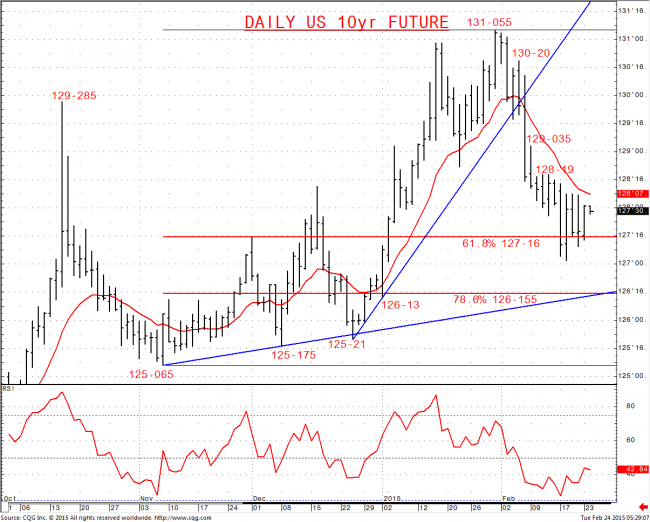Fixed Income Focus on Future Markets Media
Post on: 19 Июнь, 2015 No Comment

May 7, 2014
Liquidity and electronic execution are the dominant themes in fixed-income trading, said participants at Markets Media’s Fixed Income Trading and Investing Summit on Tuesday.
“Buy-side participants tell us they value the role dealers play in terms of providing liquidity on demand. Dealers have been price makers as well as agents of risk transfer,” said Jayson Horner, president and CEO of CanDeal, an electronic marketplace for Canadian dollar fixed-income securities and derivatives.
While some systems have attempted to electronically match institutional buy-side orders without any liquidity provider involvement, there is no evidence of meaningful traction. Very few buy-side firms are positioned as a core competency to be price makers, most do not want to take on the risk associated with that role, said Horner.
The highly liquid U.S. government-bond market has led the way in transitioning to electronic trading, but theres still upside. The U.S. Treasury market is a good proxy for the fixed-income market, and it has multiple order books and clients, said Chris Amen, head of U.S. institutional rates markets at Tradeweb. Only 50% of the U.S. Treasury market is electronic, so there is enormous growth potential as trading continues to move online.
Although there is innovation and new entrants in fixed income, along with a constant ebb and flow of ideas, things could change quickly if regulators mandate exchange-based trading for bonds.
“We have already seen more ‘equity -centric’ rules being mandated to include fixed income, for instance FINRA Rule 5310 covering best execution and SEC Rule 15c-3-5 addressing direct market access, said James Wangsness, president of TMC Bonds. “If the regulators step in, and do for fixed income what they did in derivatives, then there will be significant changes to market structure. In lieu of a firm directive from regulators, however, the market will continue to innovate.”
Given fragmented liquidity for fixed income, this innovation will address the concept that one size does not fit all. In TMC’s case, this means moving up-market in credit (as it did with munis) as its live and executable model for odd lots doesn’t necessarily translate for round lots and blocks. Human interaction helps facilitate electronic trading. We don’t trade for our own account so there is no conflict of interest,” Wangsness said.
Wangsness doesn’t foresee block traders of $5 million and up embracing anything with any information leakage, which causes them to continue to embrace the traditional voice model via interdealer brokers (IDBs). As such, it announced a dark pool on Tuesday with Codestreet (with minimums of $1 million trades).
“Codestreet is a software firm that has access to inventory,” Wangsness said. “TMC is being leveraged for its execution capabilities, central counterparty model, and mostly importantly our distribution. A proprietary algorithm identifies possible trade matches but limits any information leakage—so we hope to dislodge some of the IDB flows.”
Feature image via Dollar Stock Phtoto














